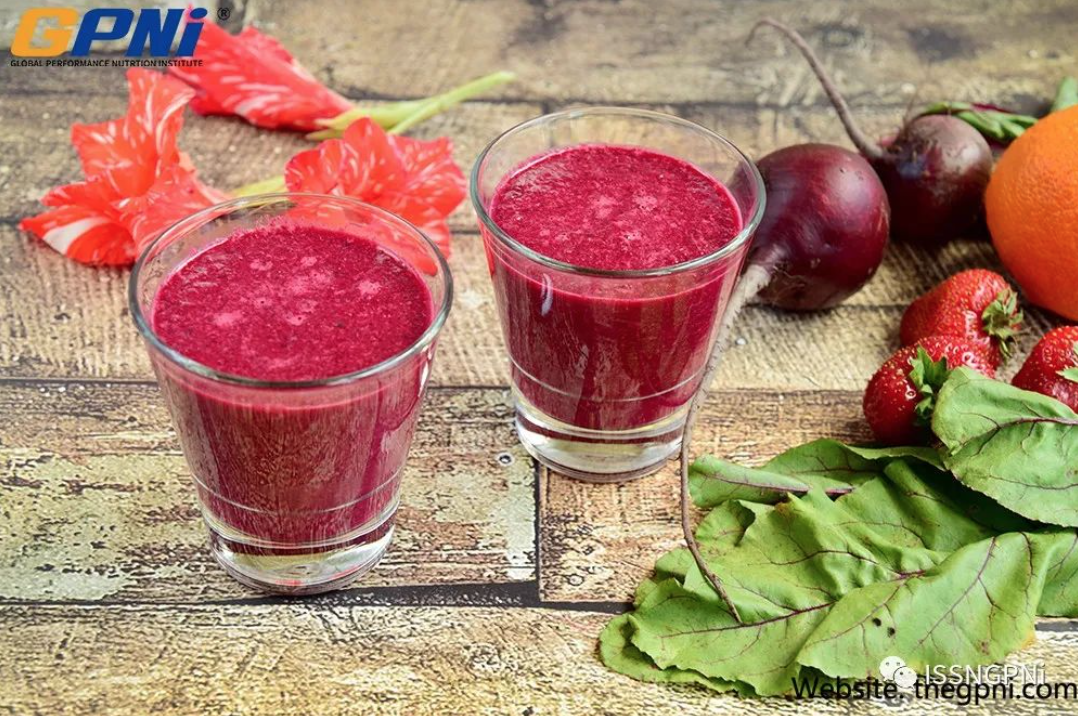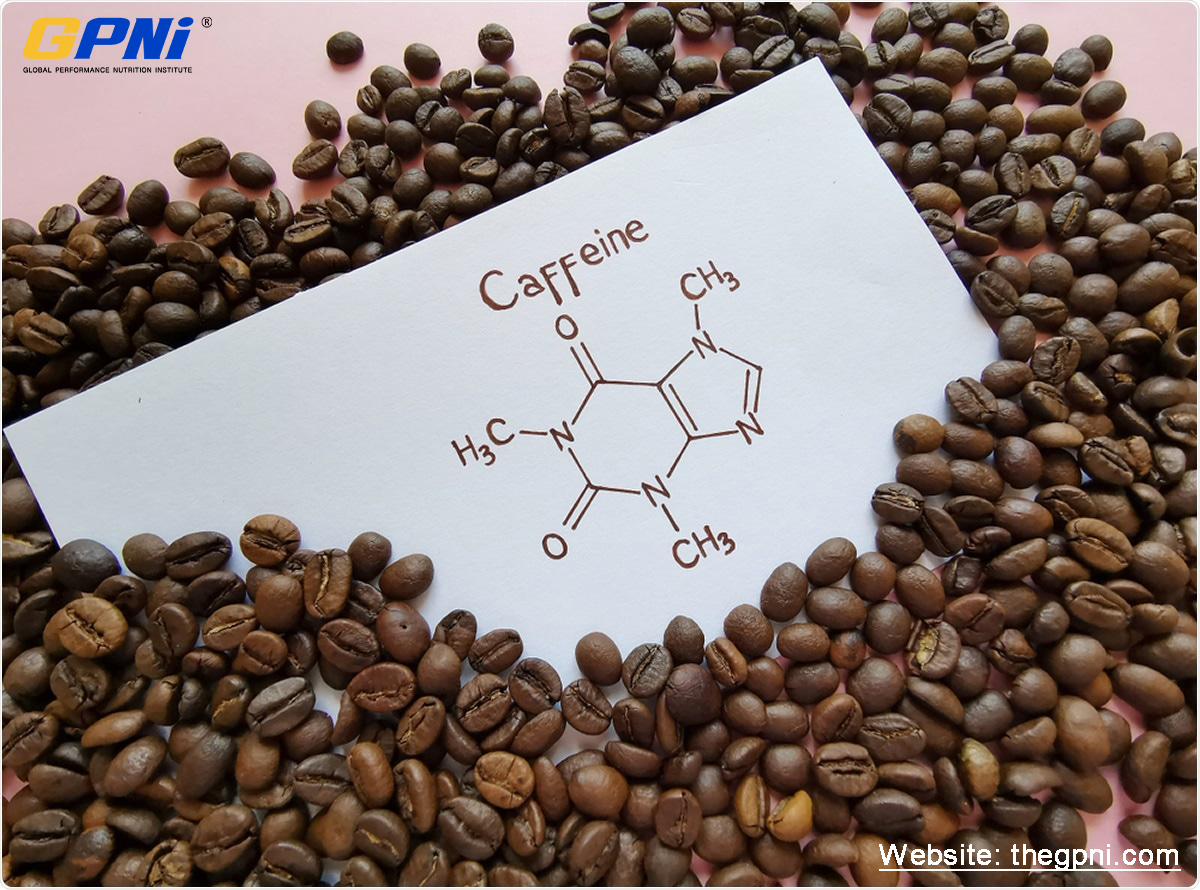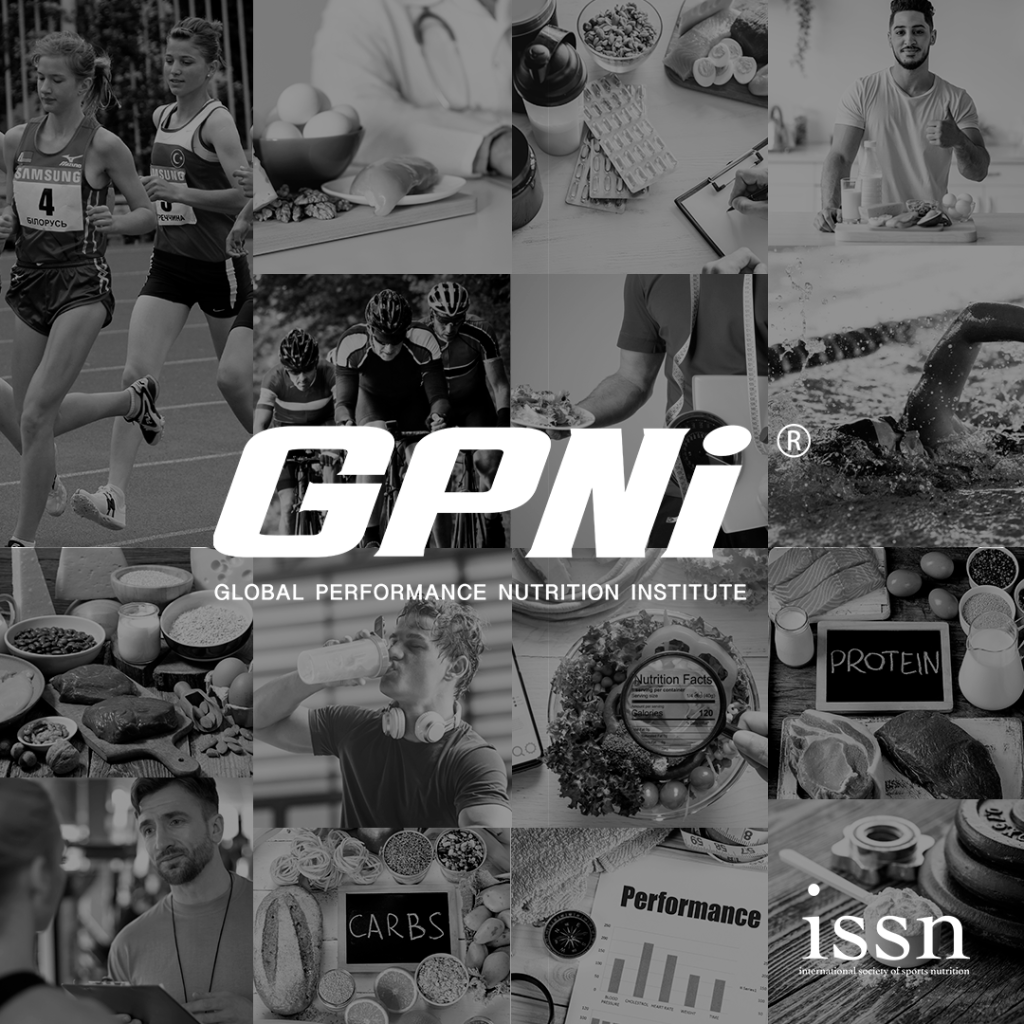
A review on effects of conjugated linoleic fatty acid (CLA) upon body composition and energetic metabolism
Abstract Conjugated linoleic acid (CLA) is highly found in fats from ruminants and it appears to favorably modify the body composition and cardiometabolic risk factors.











